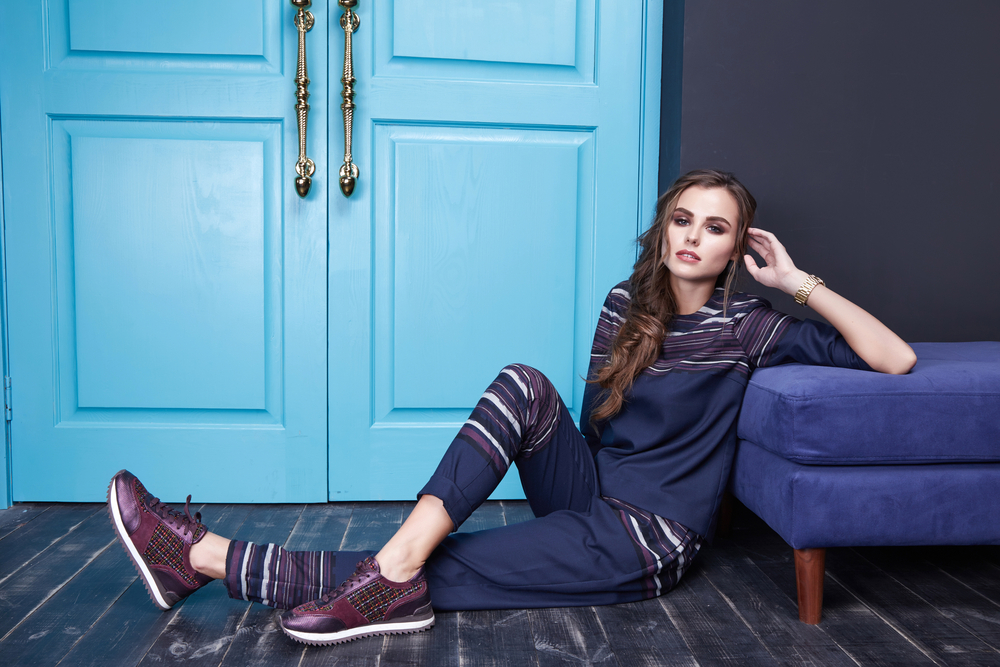The fashion industry has always been an enigmatic and alluring one, attracting millions of aspiring models from around the world. Being a successful model requires more than just having a pretty face and a slim figure. It demands dedication, hard work, and a nuanced understanding of the art and science of modelling . In this blog article, we will delve into the secrets of modeling success, exploring the dynamics of this competitive industry and providing valuable insights for aspiring models.
Understanding the Art of Modeling
Modeling is not solely about strutting down runways or posing for the camera. It is a form of art that requires the model to embody a designer's vision and bring a garment to life. A successful model understands the importance of expression, body language, and conveying emotions through their movements. They are able to showcase the unique qualities of a garment while creating a captivating story that captures the attention of viewers.
To excel in the art of modeling, aspiring models must practice their posing, learn how to control their facial expressions, and study the work of established models. They should strive to develop their own signature style and cultivate their creativity. A successful model leaves a lasting impression on the industry by adding their unique touch to every project they undertake.
Mastering the Science of Modeling
The science of modeling revolves around professionalism, industry knowledge, and adaptability. Models should treat their careers as a business, maintaining punctuality and a strong work ethic. They should constantly stay updated on the latest fashion trends, designers, and industry news. Put simply, they should be well-informed about all aspects of the fashion world.
Networking is another crucial aspect of the science of modeling. Connecting with industry professionals, photographers, designers, and influential people can open doors to new opportunities. Attending fashion events, casting calls, and fashion weeks increases the chances of being noticed by individuals who can propel their careers forward.
Tips for Aspiring Models
For aspiring models, we have compiled a list of essential tips that can greatly enhance their chances of success:
1. Build a Strong Portfolio: A model's portfolio is their calling card, showcasing their skills, versatility, and potential. A well-curated portfolio is a critical tool for attracting agencies and clients. It should showcase a variety of looks, styles, and emotions, demonstrating the model's range.
2. Develop a Healthy Lifestyle: Modeling requires models to maintain a healthy body and mind. A balanced diet, regular exercise, and adequate rest are essential for sustaining physical and mental well-being. A healthy lifestyle enhances confidence, radiance, and energy, all of which are vital for successful modeling.
3. Collaboration and Teamwork: Modeling is not a solitary endeavor; it is a collaborative effort that involves photographers, designers, stylists, and makeup artists. Models should prioritize building strong relationships with these professionals, fostering a positive and productive working environment.
4. Professionalism: Being prompt, respectful, and reliable are traits that can set a model apart from the competition. Maintaining professionalism in all interactions, whether with clients or colleagues, leaves a lasting impression and increases the likelihood of being recommended for future engagements.
5. Continual Learning: Modeling is an ever-evolving industry, with trends and styles constantly changing. Models should invest time in learning about fashion, staying updated on industry developments, and honing their skills through workshops and classes. Continual learning ensures that models remain relevant and adaptable to the dynamic nature of the fashion industry.
Frequently Asked Questions
Q1: How tall do I need to be to become a model?A1: While height requirements may vary, most high-fashion models are between 5'9" and 6'0". However, there are opportunities in the industry for models who are shorter, especially in niche markets and commercial modeling.
Q2: Can I become a model if I don't have the "perfect" body?

A2: Yes! The fashion industry has become more inclusive in recent years, embracing diversity and body positivity. There are opportunities for models of all shapes and sizes, as long as they possess confidence, charisma, and professionalism.
Q3: How do I find a reputable modeling agency?
A3: Research reputable modeling agencies in your area and check their credentials. Look for agencies with a history of successful models and positive reviews. Attend open calls or submit your portfolio online to agencies that align with your goals and aspirations.
Q4: Is it necessary to have professional photos before approaching an agency?
A4: While professional photos can greatly enhance your portfolio, they are not always necessary when starting out. Agencies are more interested in assessing your potential and natural look. Clear, well-lit, and simple snapshots that showcase your features and physique are often sufficient.
Q5: How do I overcome rejection in the modeling industry?
A5: Rejection is a common part of the modeling industry. It is important to remember that it is not a reflection of your worth or potential. Stay resilient, remain open to feedback, and continue to improve your skills. Learn from each experience and let rejection drive you towards success.
In conclusion, modeling is both an art and a science. Success in the fashion industry requires a combination of creativeness, adaptability, professionalism, and continuous learning. By understanding and embodying these principles, aspiring models can unlock the secrets to success and embark on a fulfilling journey in the captivating world of fashion.
Other useful resources
- https://en.wikipedia.org/wiki/Category:Modeling_agencies
- https://en.wikipedia.org/wiki/Category:Modeling_(profession)
- https://en.wikipedia.org/wiki/Category:Models_by_modeling_agency
- https://en.wikipedia.org/wiki/Modeling_agency